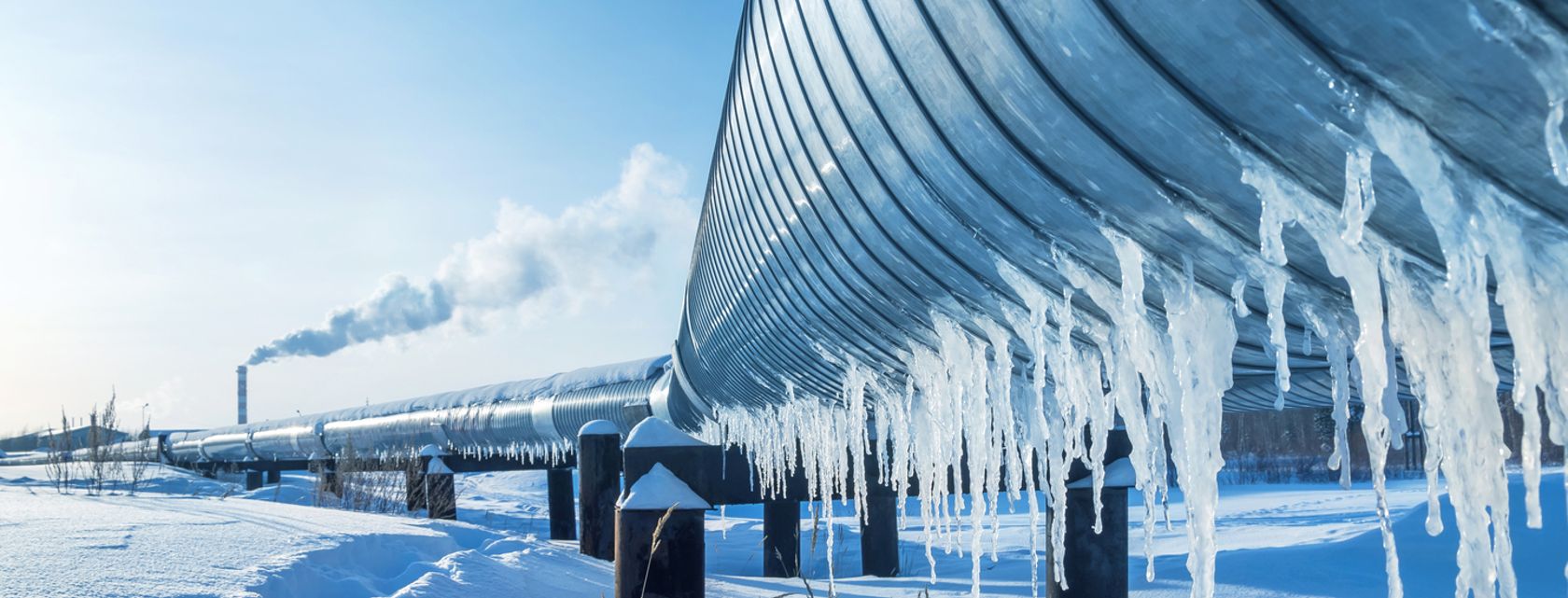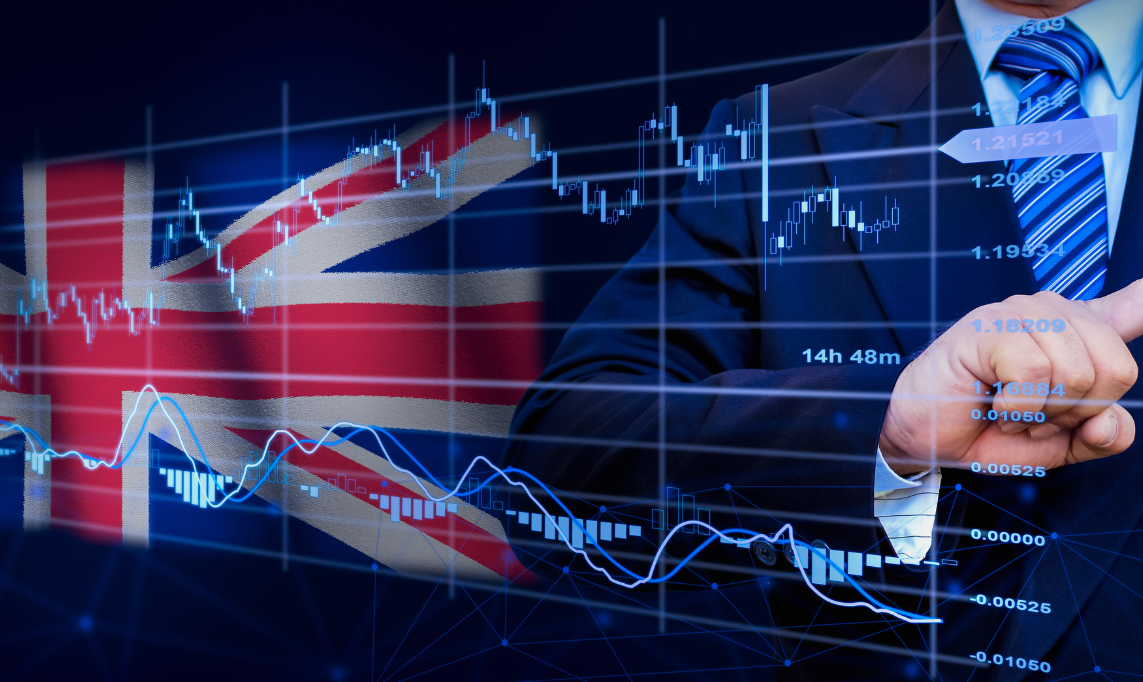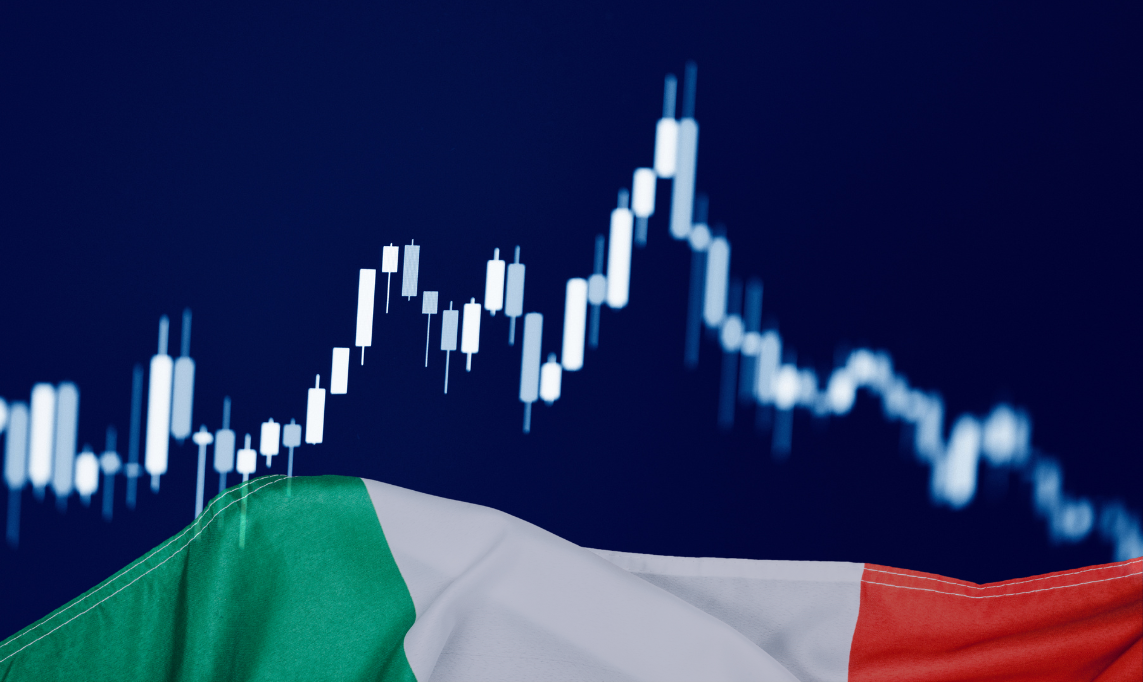
Stopping gas supplies: how will financial markets react?
First a record close to $340 per megawatt hour, then a reversal to below $240. That's the swing the price of gas has undergone in the past week, which is literally making rulers across most of Europe shake in their boots as they prepare for the coming fall-winter.
With the arrival of the cold season, many Old Continent nations risk having to implement heavy rationing of this raw material, thus lowering demand for it, lest entire factories be left without power, forced to halt their production.
Blame overly high bills, the amount of which, even with gas prices somewhat lower than in recent records, is increasing fivefold or fourfold from last year when gas cost less than $50 per megawatt hour.
But why has the price of gas risen so much?
Those who have followed the economic chronicles of recent months have no difficulty in understanding the reasons for the price increases.
Until last January, there were upward pressures on prices related to the international economic recovery following the Covid-19 pandemic. Even then, the global supply of commodities could barely keep up with a sharply rising demand, resulting in higher prices. Then, in late February, came, unfortunately, Putin's Russia's military attack on Ukraine, which only made matters worse. Russia, through an extensive pipeline network, is in fact the main supplier of natural gas to major European countries, primarily Germany and Italy.
Europe's harsh reactions against Russia, and the subsequent imposition of trade sanctions on Moscow, has raised the specter of a sudden retaliation by the Kremlin. That is, concrete speculation has arisen that Russia is ready to cut off its supplies at any moment, leaving the Old Continent high and dry.
After all, more than one signal in this direction has come in recent months. Supplies have been cut off, for example, to some countries such as Finland, Estonia, and the Netherlands. A halt has also been decided until September 3 for gas passing through Nord Stream 1, an infrastructure that primarily supplies Germany (officially for questionable reasons related to plant maintenance).
Quarterly change in electricity and gas reference prices
(Source: Arera)
The Kremlin's assumption of a final closure
The prospect of the Kremlin permanently "shutting off the taps," in short, is becoming more and more concrete. Which has, of course, sent gas prices soaring, amid fears that this raw material will become increasingly scarce (and therefore valuable) on international markets.
Indeed, there are countries such as Italy or Germany that still cannot do without Russian supplies altogether: in recent months they have greatly diversified their sources of supply (especially in the case of Italy), increased stockpiles (i.e., raw material reserves), but dependence on Moscow is not zeroed out.
This, then, is the macroeconomic explanation for the high gas prices although, to further clarify the ideas, it is good to understand in more detail how the price of the raw material we use to heat ourselves and to give productive energy to our factories, from foundries to paper mills to ceramic manufacturers, just to name a few examples.
The gas and electricity market in Italy is regulated by a public body: the Regulatory Authority for Energy Networks and Environment, which sets the tariff for greater protection (i.e., the price of gas and electricity paid by those who have not yet chosen to turn to free market suppliers, who operate in competition with each other).
In order to establish the higher protection tariff, Arera takes as a reference the price of gas traded on European markets, which is actually summarized by financial list of the Amsterdam Stock Exchange. This is the TTF (an acronym for Title Transfer Facility) an exchange platform where the buying and selling of natural gas takes place among the largest in 'Europe. The surge in prices on this list is also linked to financial speculation because a large part of the contracts traded are actually futures. These are derivative contracts whereby two counterparties agree to exchange an underlying asset (in this case a quantity of a commodity).
The total price of natural gas for a typical domestic user in the protected market since 2013
(Source: Arera)
What implications for financial markets?
Because financial markets live on expectations, and in the past few months there were high expectations of future gas shortages in the market, many financial traders trading futures have been "betting" on further price hikes. It is no coincidence that in the United States, where the Russian supply problem is not there, gas futures prices are far lower than on the other side of the Atlantic.
To put a patch on high bills, Arera has ruled that as of Oct. 1, the higher gas protection tariffs applied to end users (with regard to raw material only, excluding management and transportation costs) will no longer be linked to Amsterdam Exchange contracts but to the average of Psv (virtual trading point) prices.
This is an Italian trading list. Indeed, it should be remembered that the Amsterdam stock exchange is the most important trading place in Europe, but certainly not the only one. There are several in various countries, including our own.
For Arera, Italian Psv quotes are more representative of the price paid south of the Alps, although they do not differ much from those of the Amsterdam Stock Exchange. In addition, the updating of tariffs will be on a monthly basis and no longer on a quarterly basis, so that users can benefit as soon as possible from any declines.
Of course, these are small palliatives that certainly do not solve the root of the problem. Now, the hopes of many (at least in Italy) is that Europe will be united and succeed in adopting a price cap, a ceiling on the price of gas, that is, a maximum threshold in trading platforms above which European traders will not be able to buy.
Italy has been pushing in this direction for some time, but has only recently encountered an opening from Germany after much initial skepticism.
Are you interested?
Leave your info here to find out more and be contacted by one of our financial advisors!
Thank you, you will be contacted as soon as possible
Thank you, you will be contacted as soon as possible
Error while saving data, try again later


